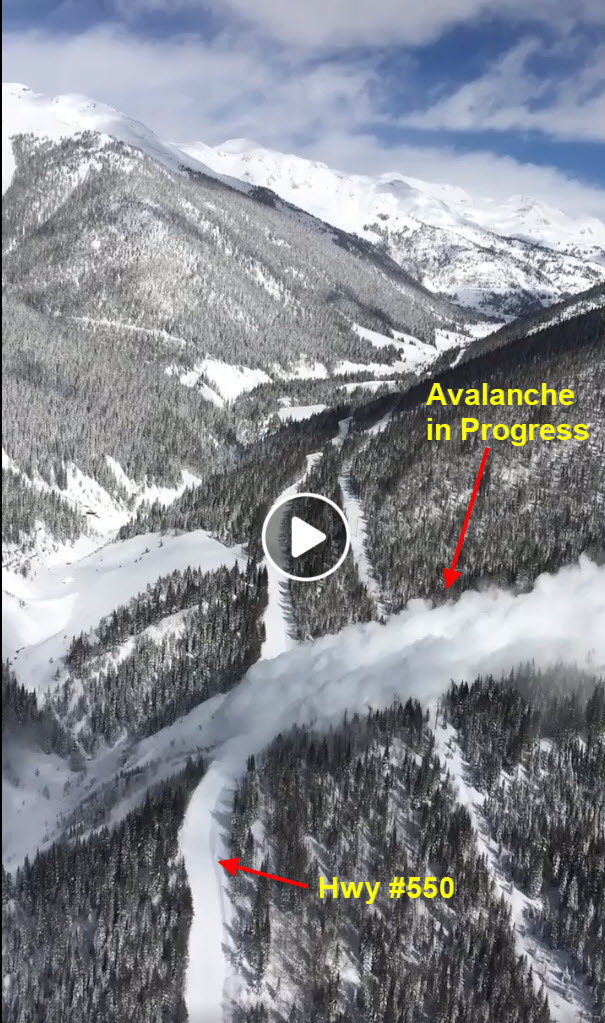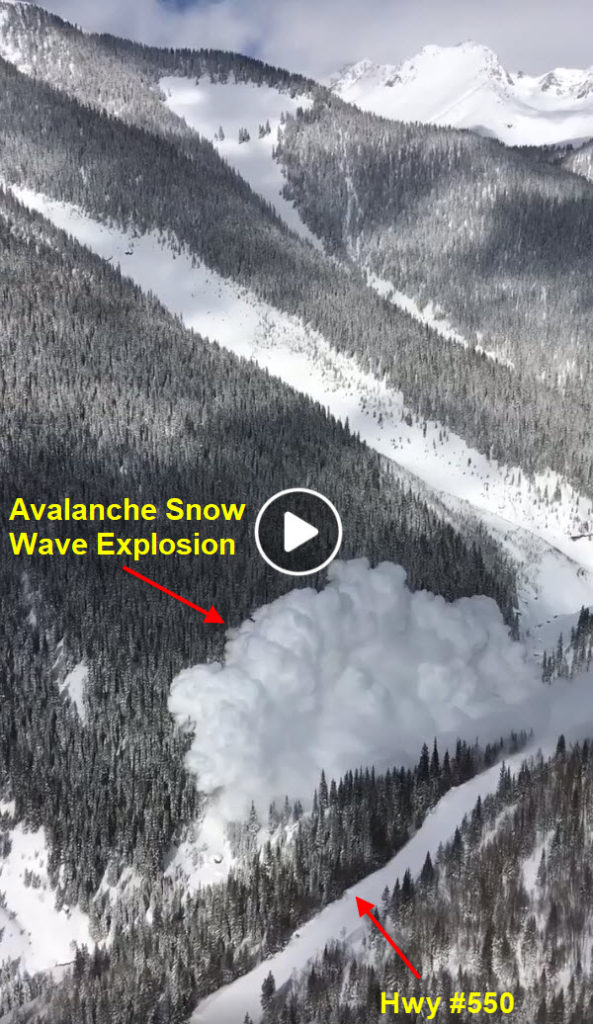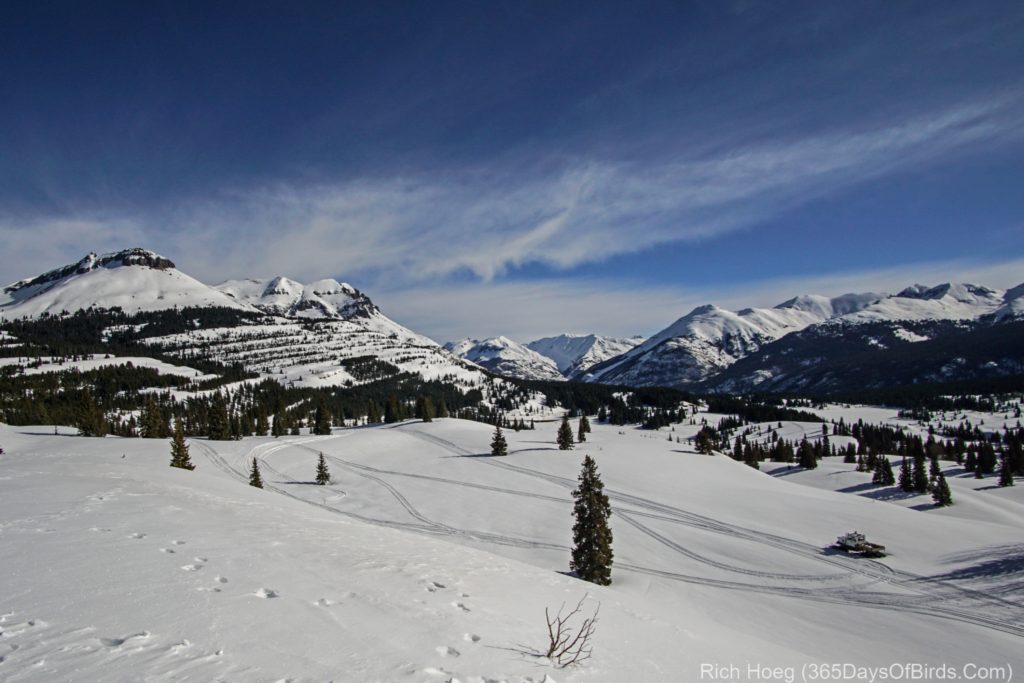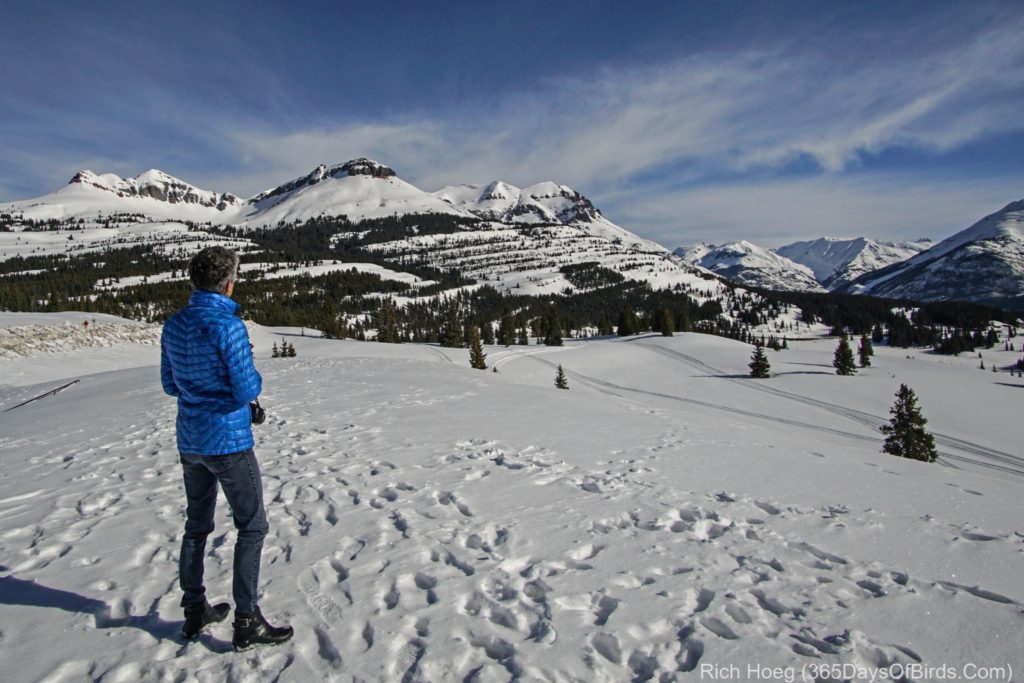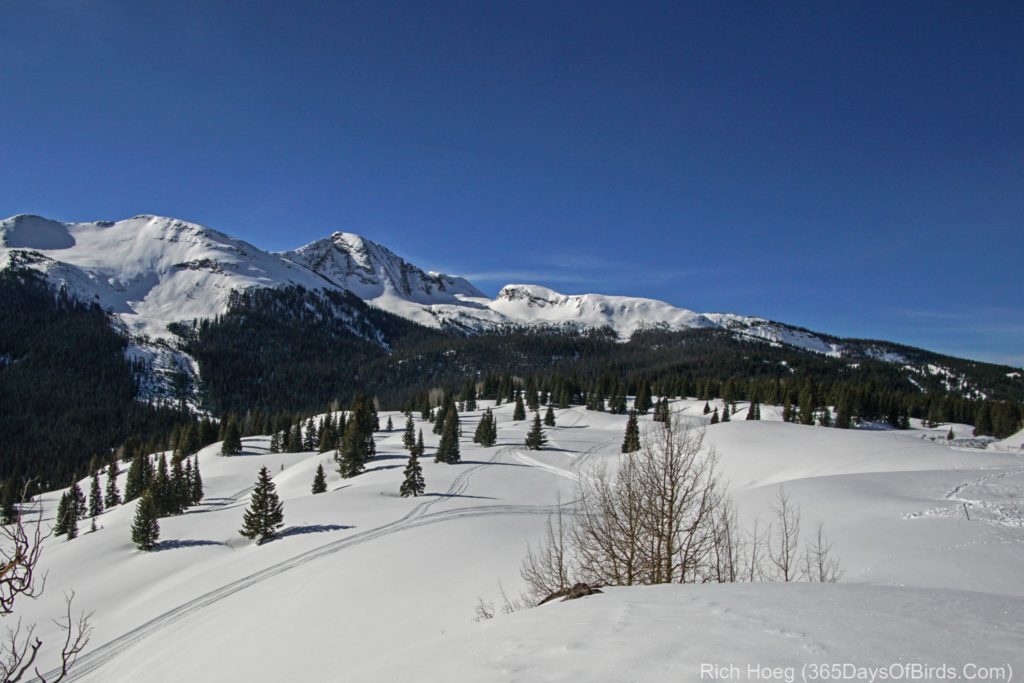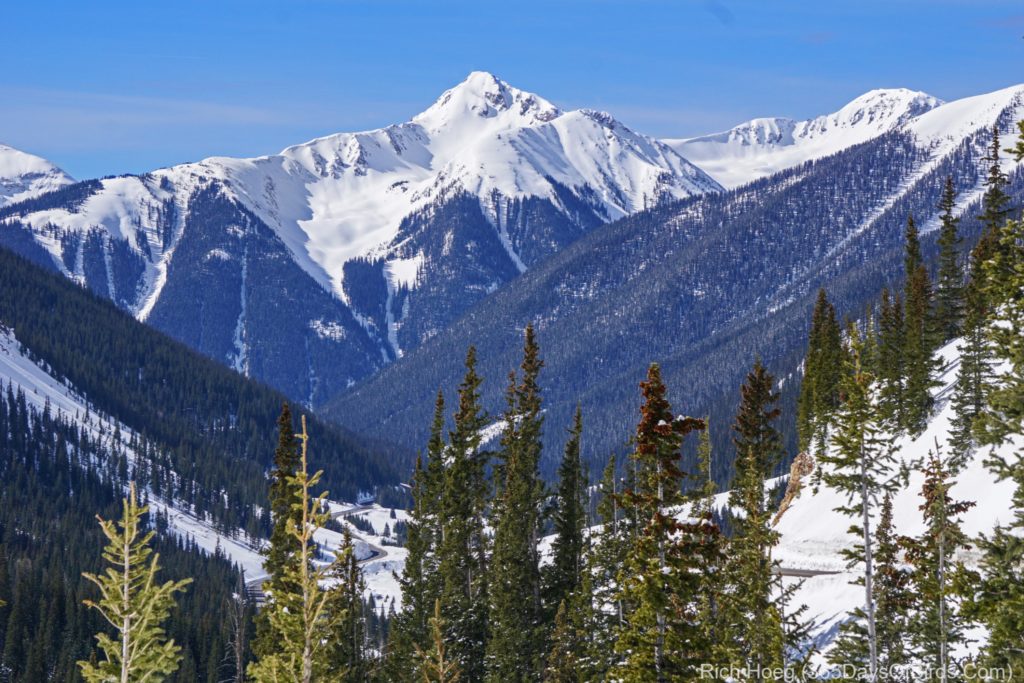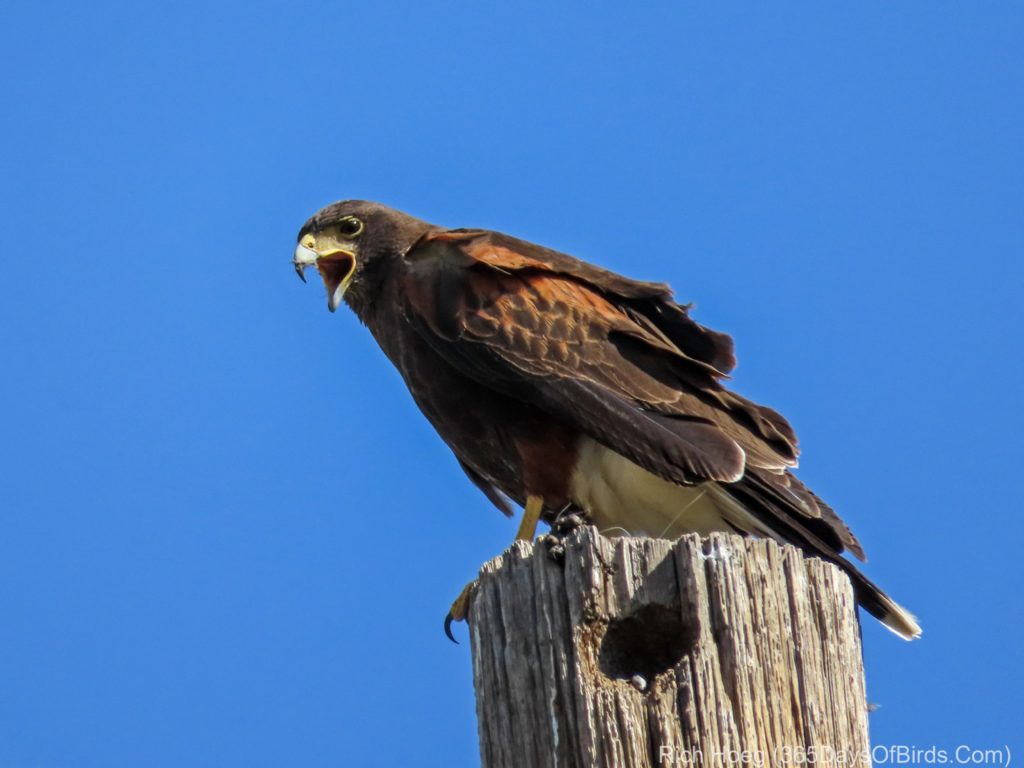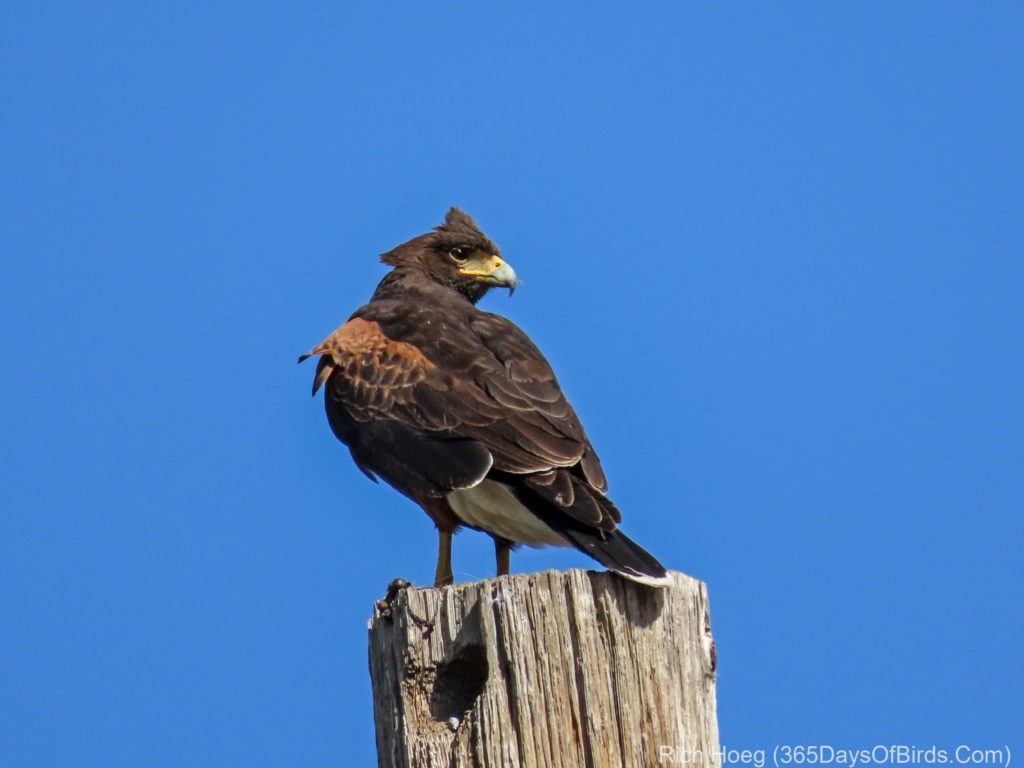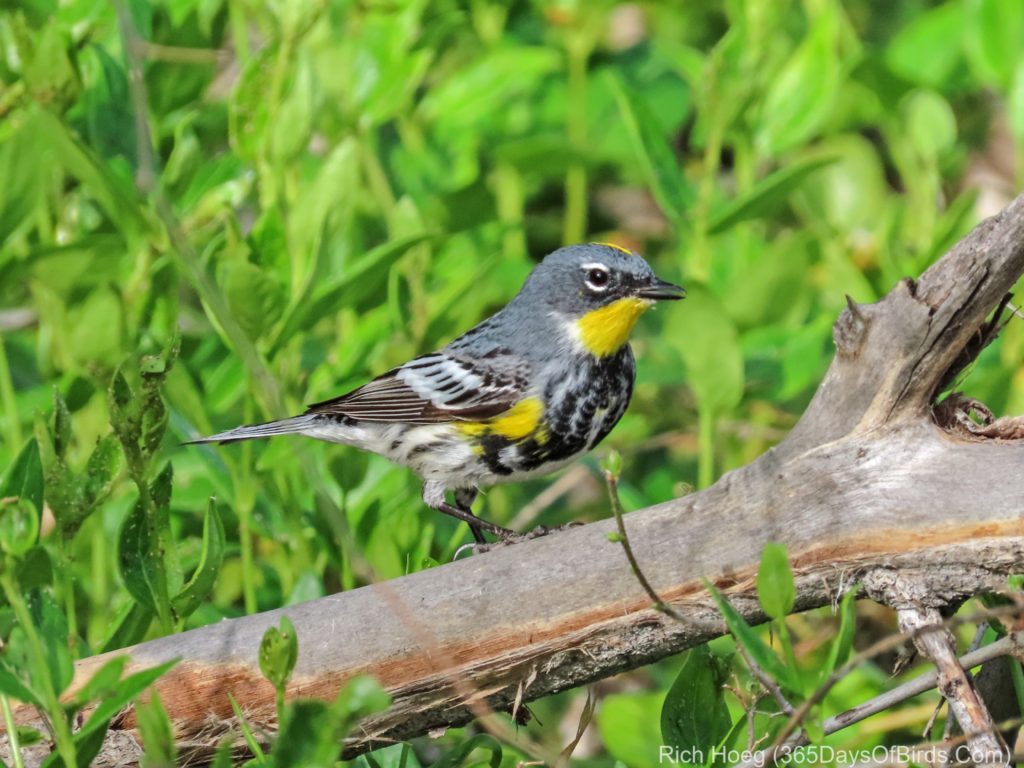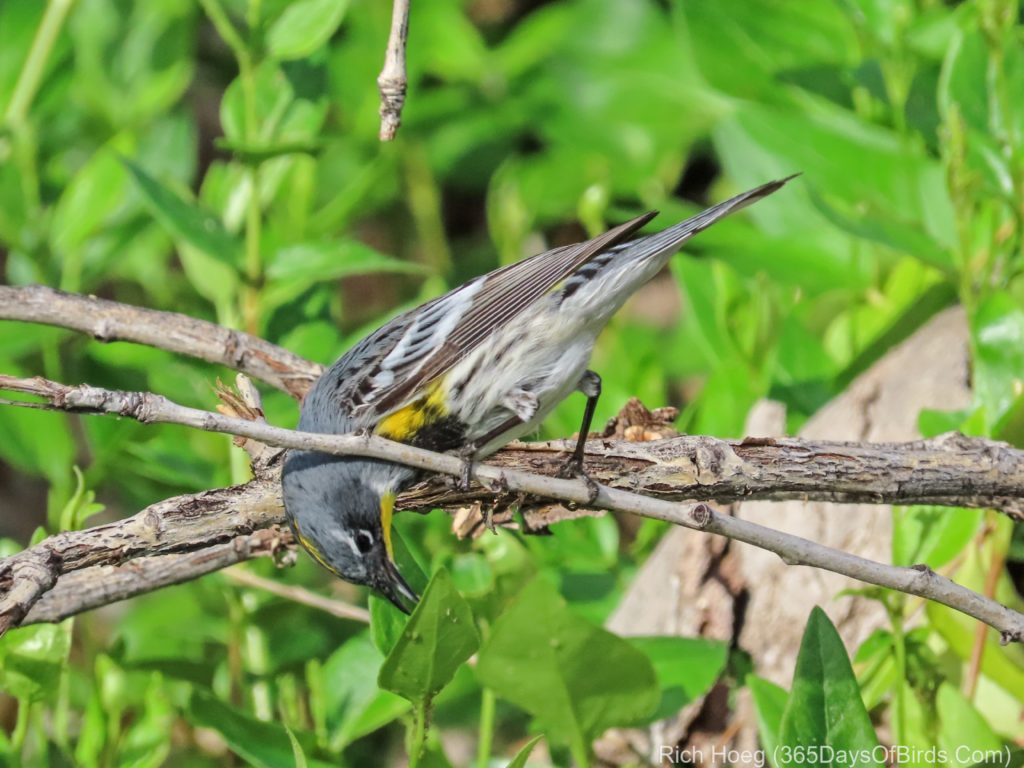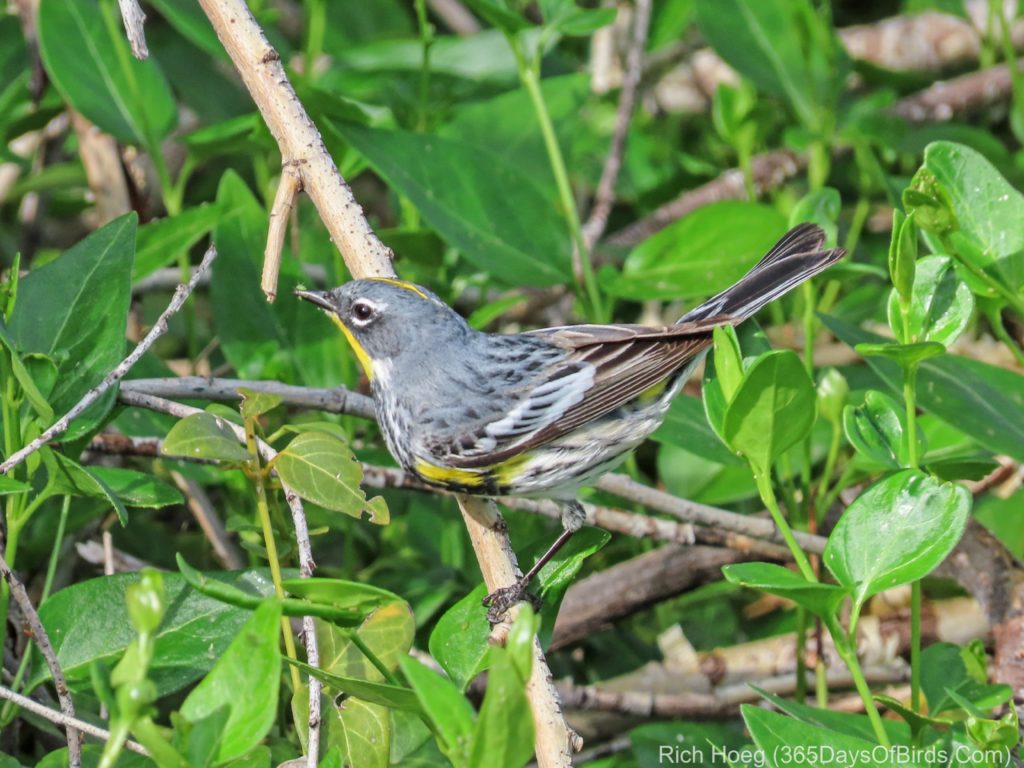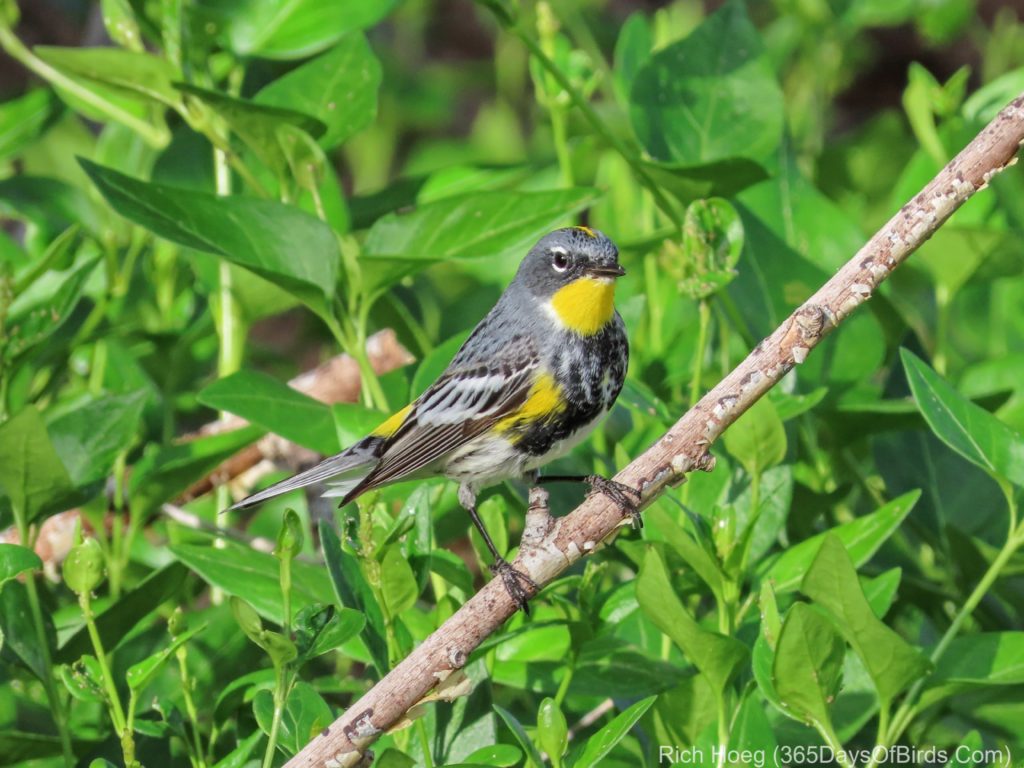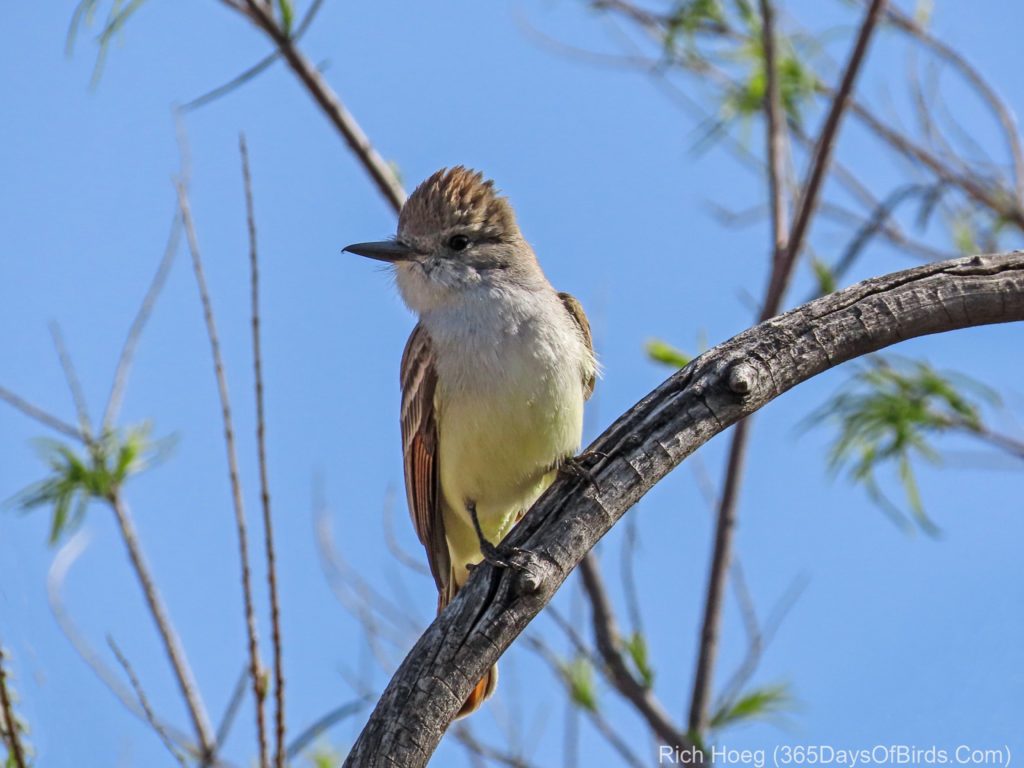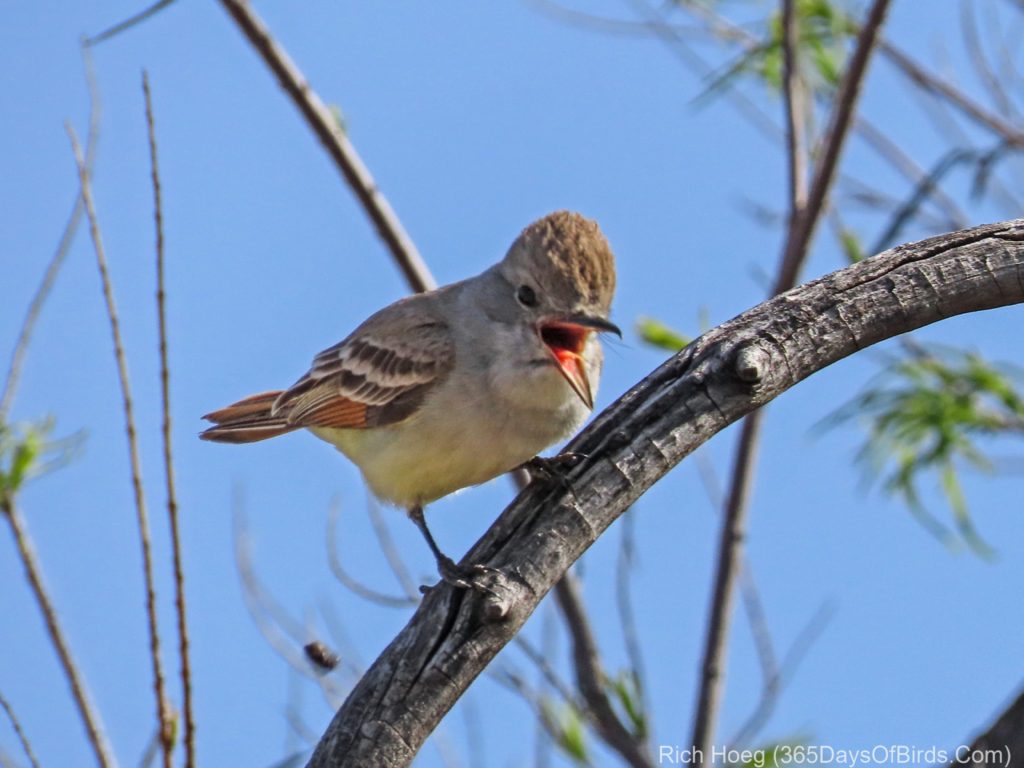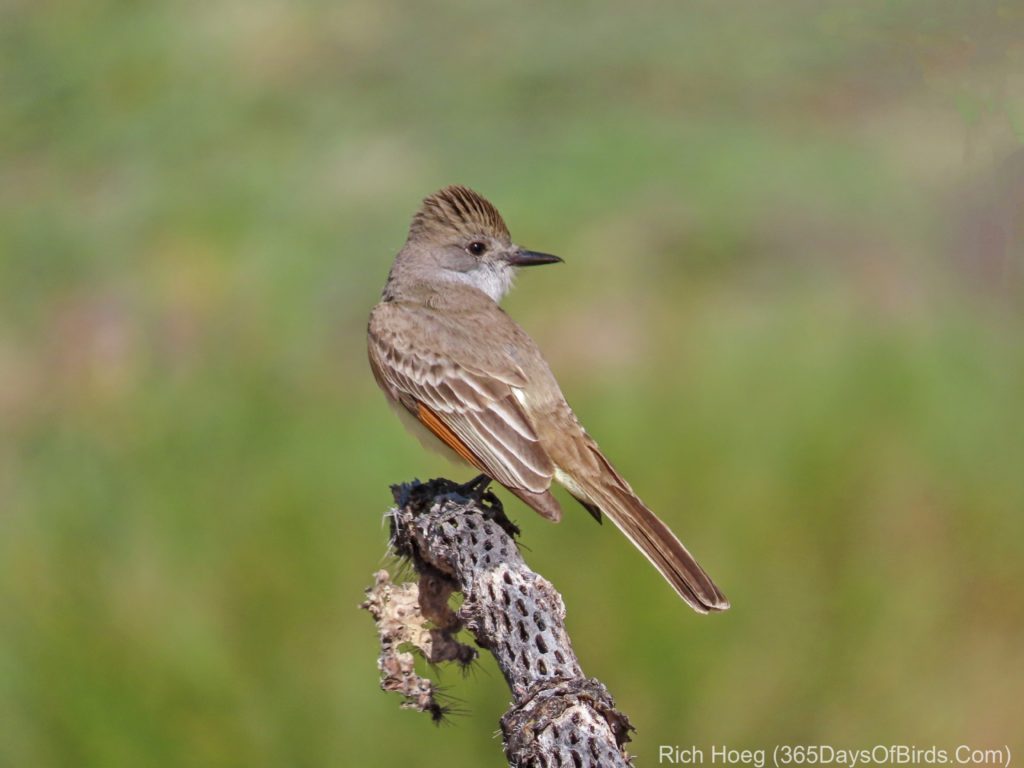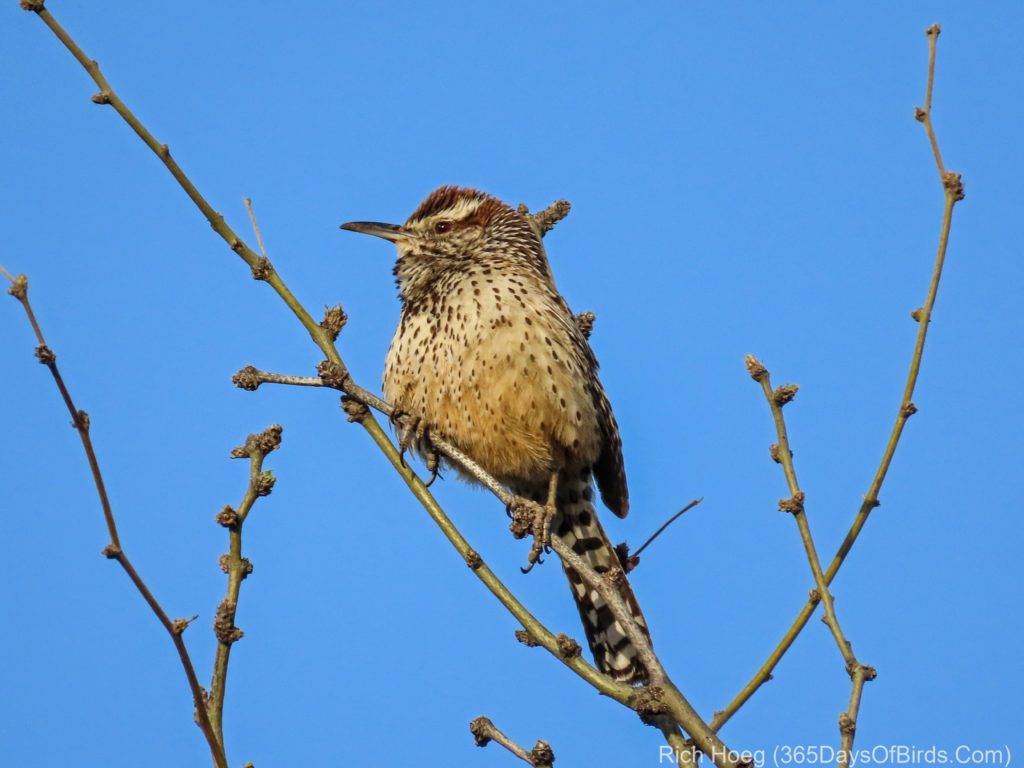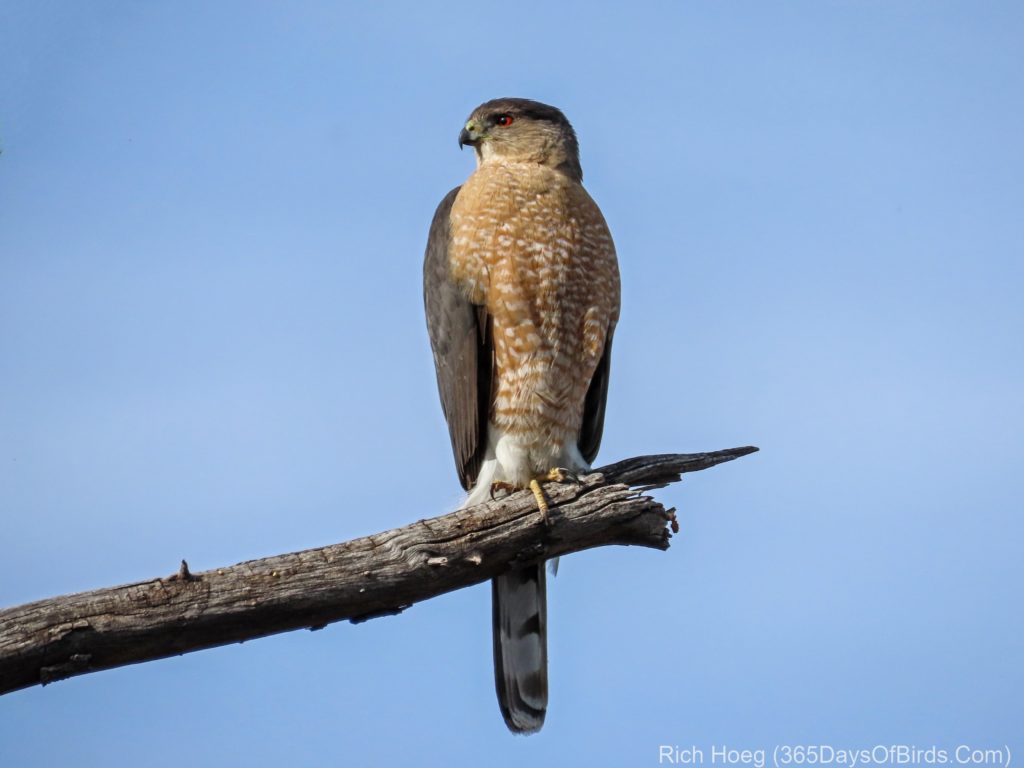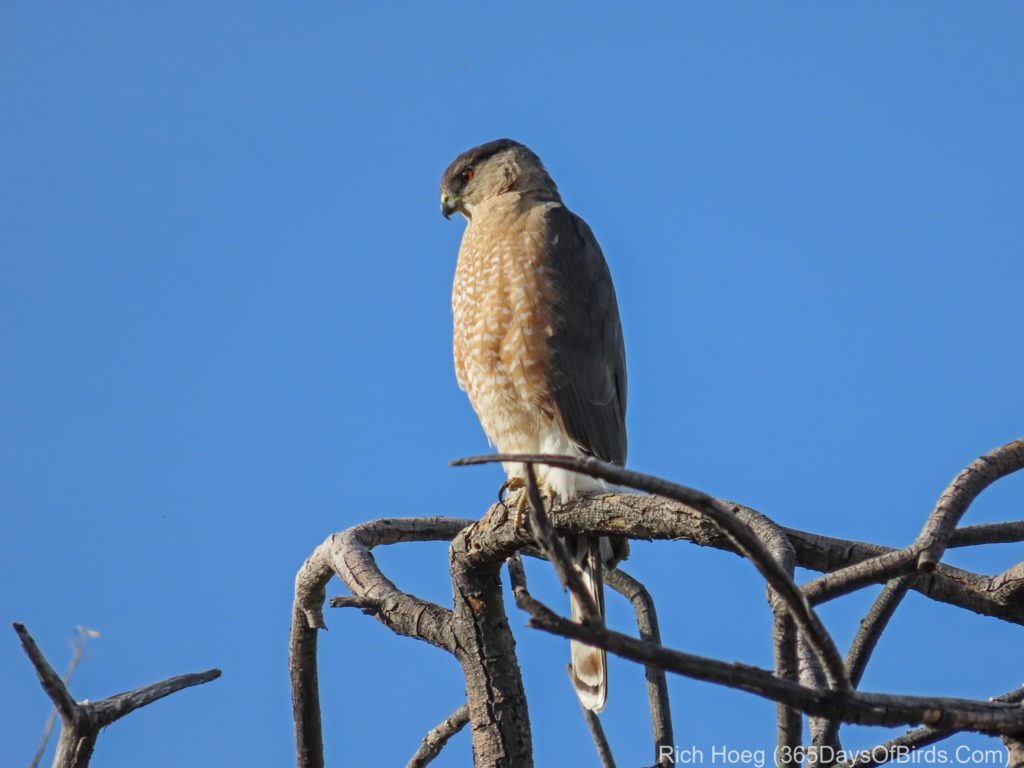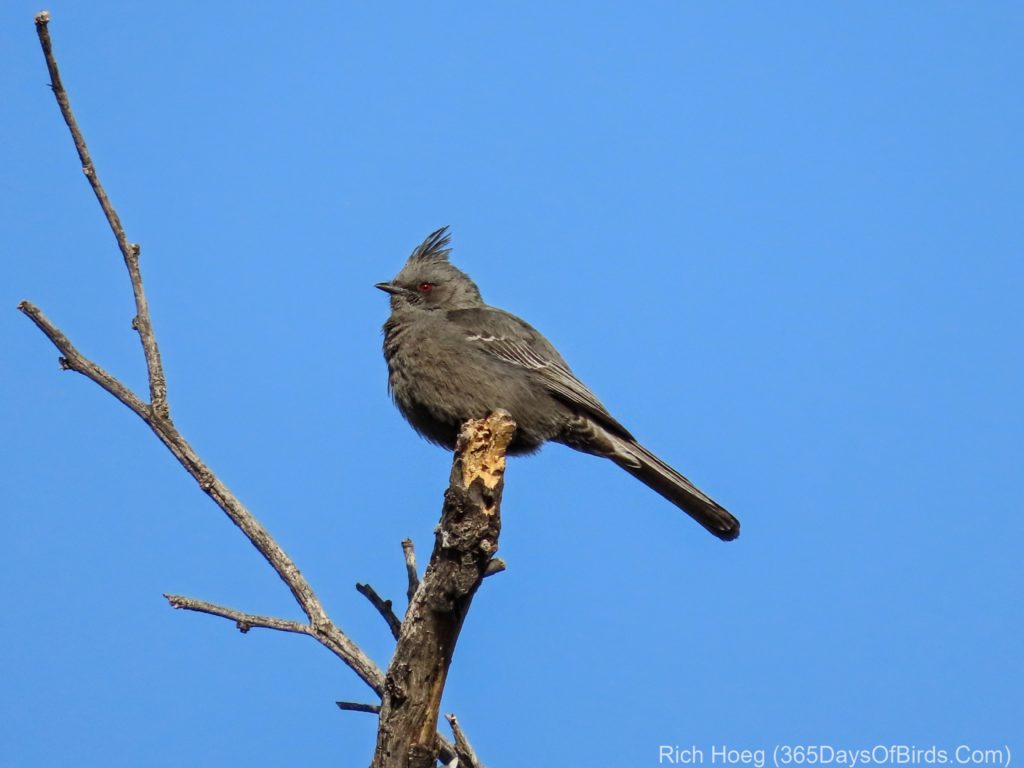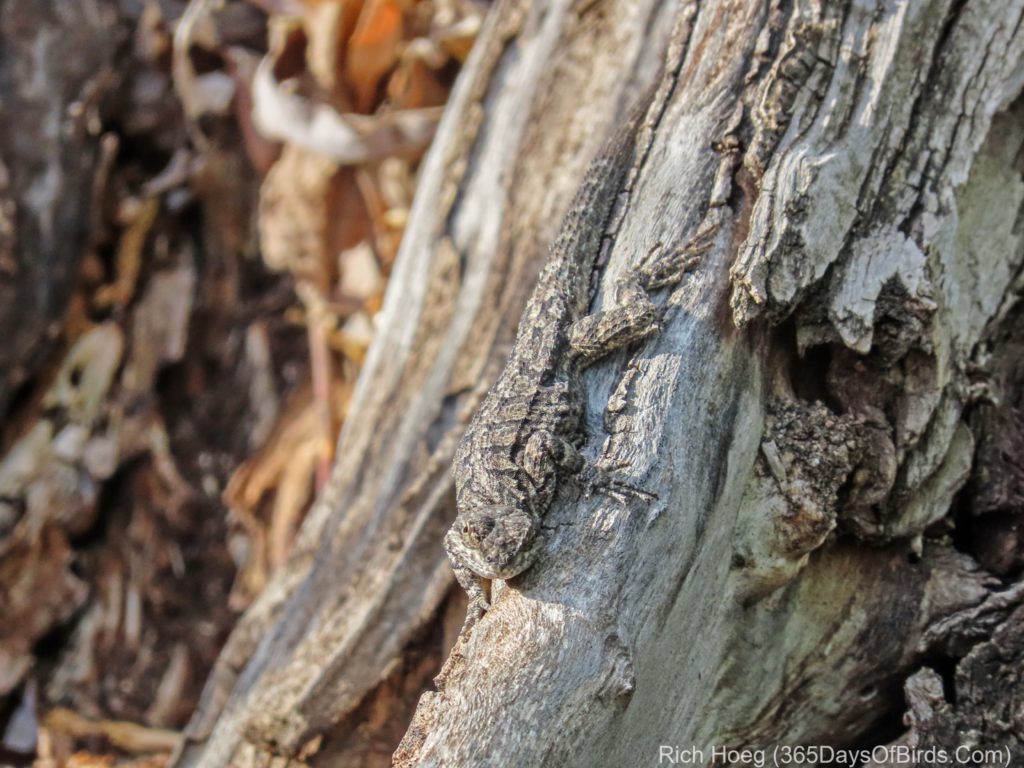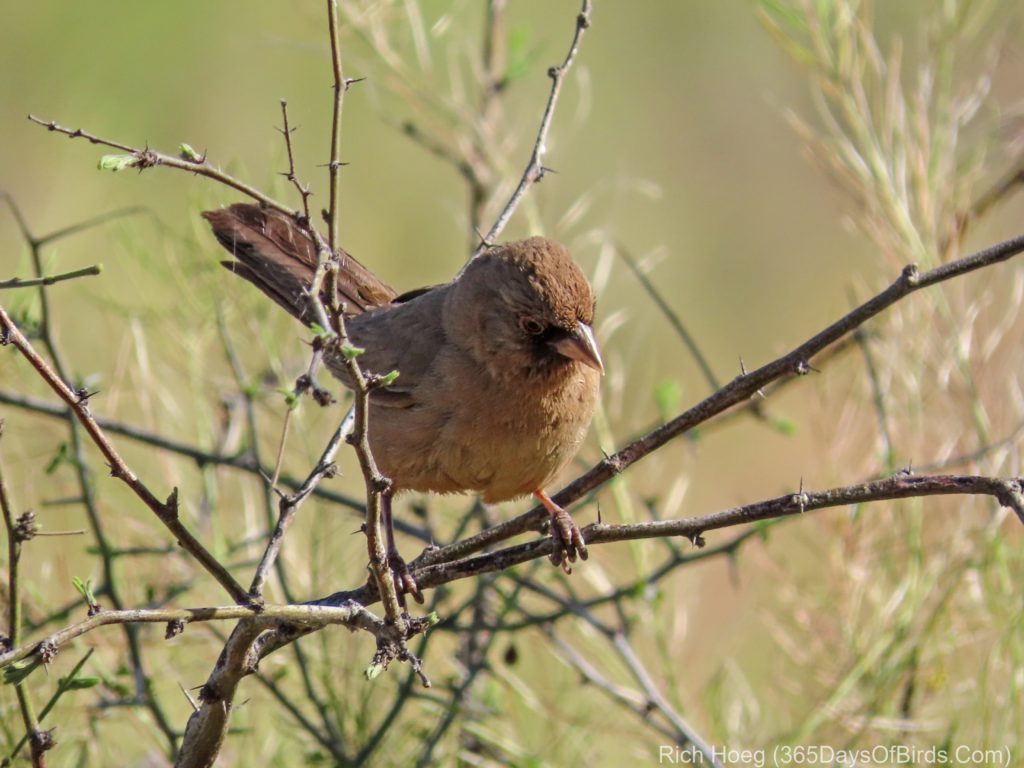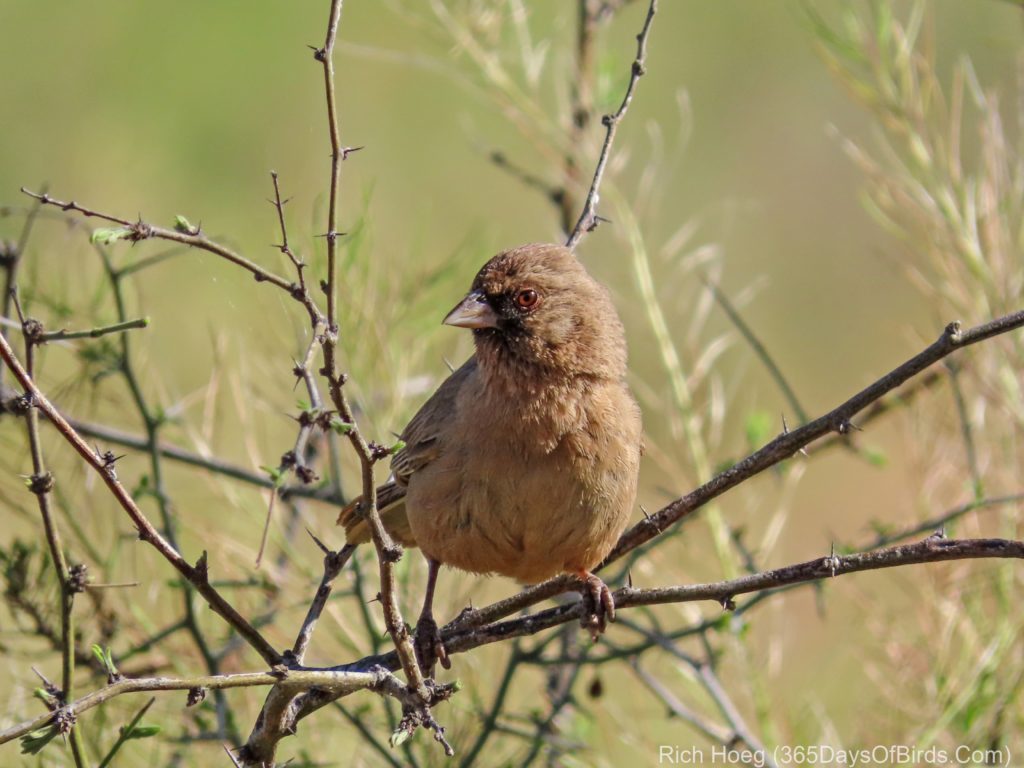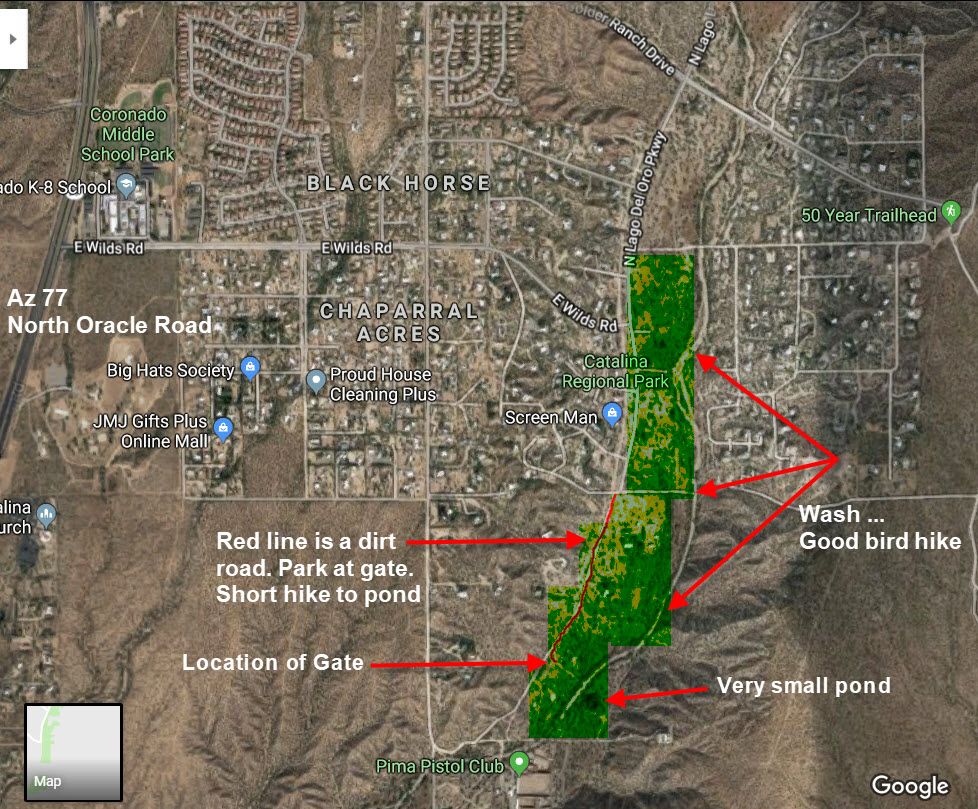Molly and I are back in Minnesota. My hope was to go birding this morning and explore local haunts, but Mother Nature thought differently. After five weeks in the dry Texas Hill Country and then the Desert Southwest, it is pouring in Minnesota. It’s kind of nice to see rain, but taking a birding hike is out of the question.
For my own benefit as much as anyone’s, here are my final images from Tucson. This Coopers Hawk is lucky to be alive and proves love is dangerous. While hiking and visiting the area in Catalina State Park where my Barn Owl would hang out, I discovered three Coopers Hawks having a disagreement over a nesting site. Both guys were trying to impress the lady. Note to self: when presented with a great opportunity, a Barn Owl will strike during the middle of the afternoon. Said owl suddenly appeared out of nowhere (at least it seemed to me) and struck at this Coopers Hawk. The hawk escaped by a matter of inches.
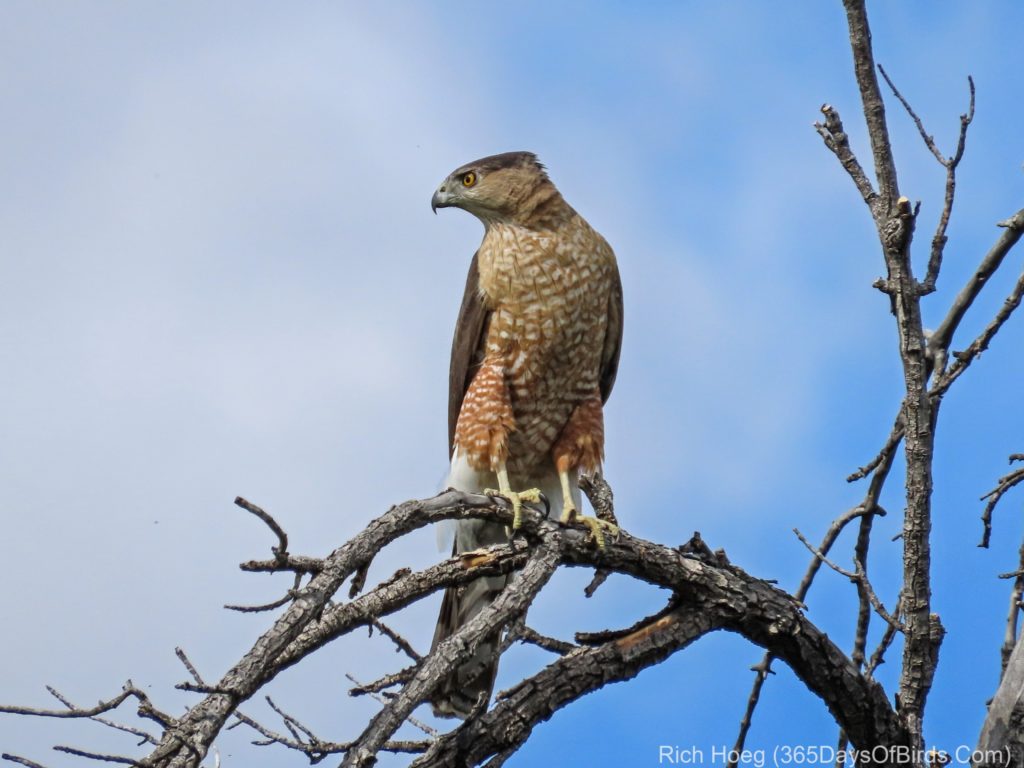
For my final southwest post, here is another blooming Saguaro Cactus! If you ever get the opportunity to visit the desert southwest, a trip in late March or early April will often yield a desert in bloom!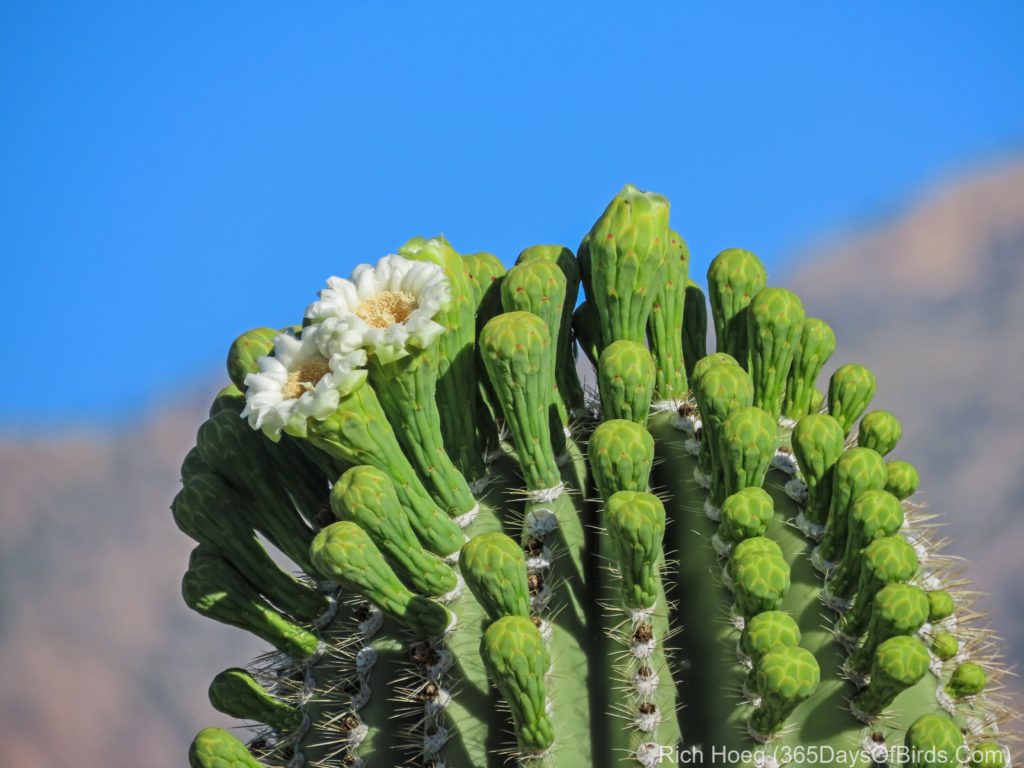
One final comment, my favorite English teacher at Phillips Exeter Academy might not approve of my blogging style. I often capitalize the names of birds and other items which are not proper nouns. I understanding I am breaking grammar rules, but it helps the name stand out better in the blog text. This is not an apology … just an explanation! In addition the use of dot, dot, dot as in “…” is also not proper punctuation … sorry Professor Heath!
That’s right folks … I’m a preppie. Learn more via The Official Preppy Handbook.
